Tillandsia caerulea
Click thumbnails for full size, scaled to a new window.
Tillandsia caerulea
Species, Ecuador
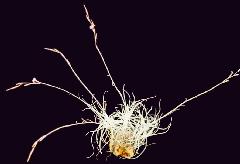


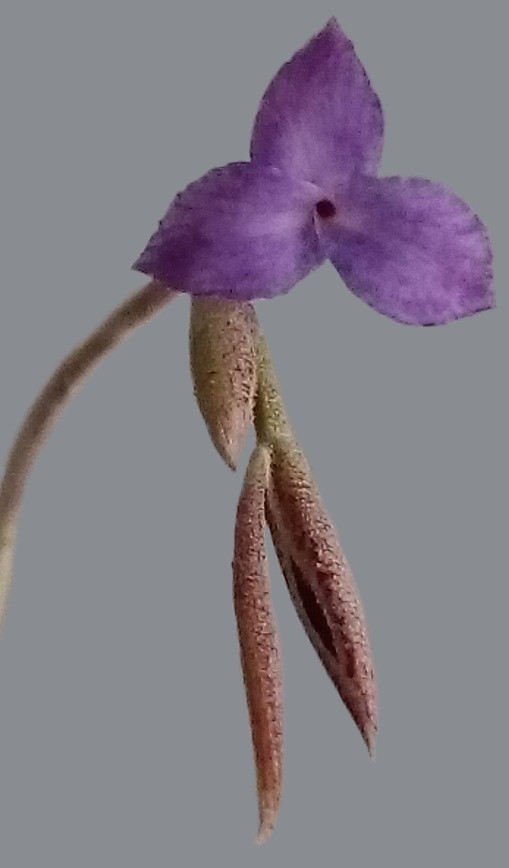
| Ken Woods 06/06 |
Terry Davis, BSA Show 05/10 |
George Nieuwenhoven 11/13 |
Jenny Brittain 03/16 |
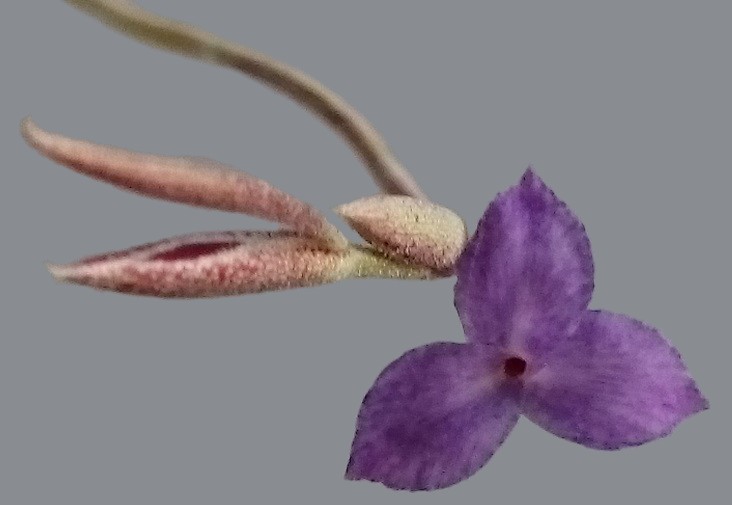



| Jenny Brittain 03/16 |
Justin Lee 10/19 |
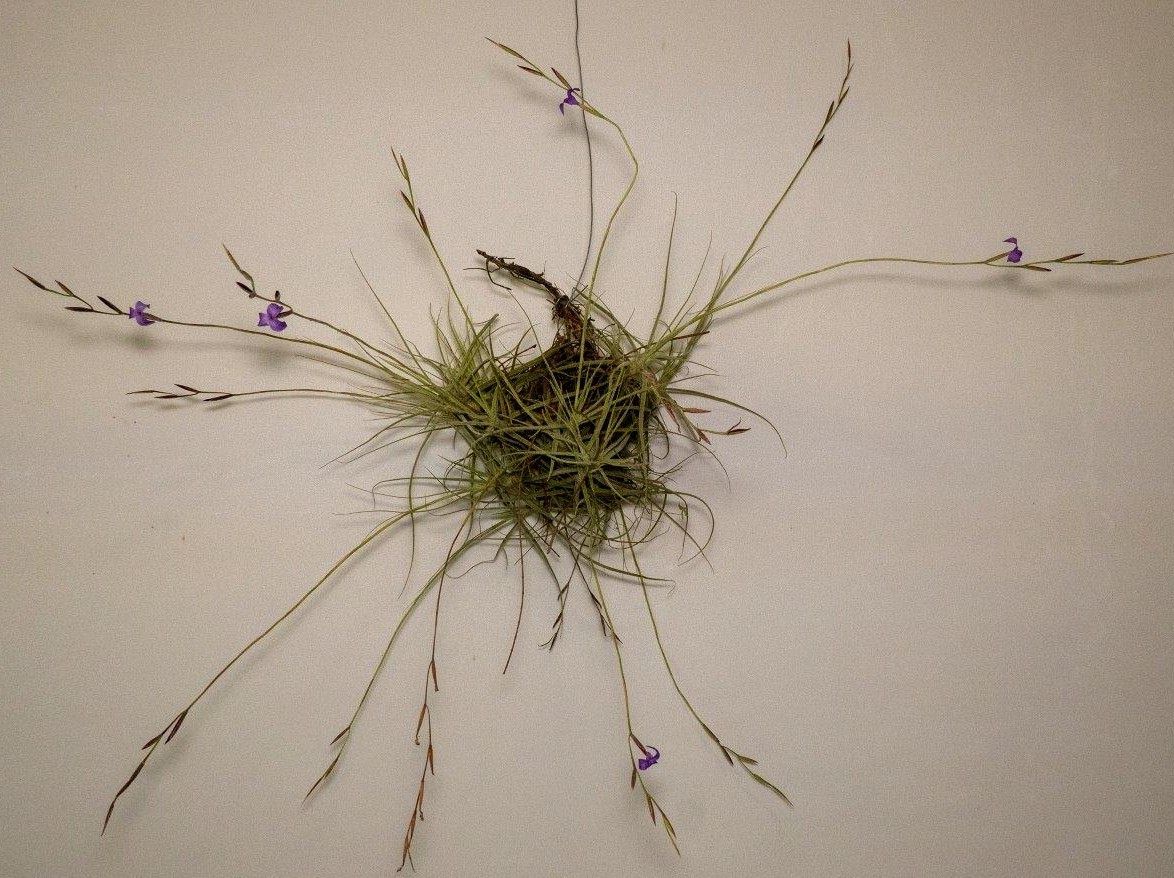


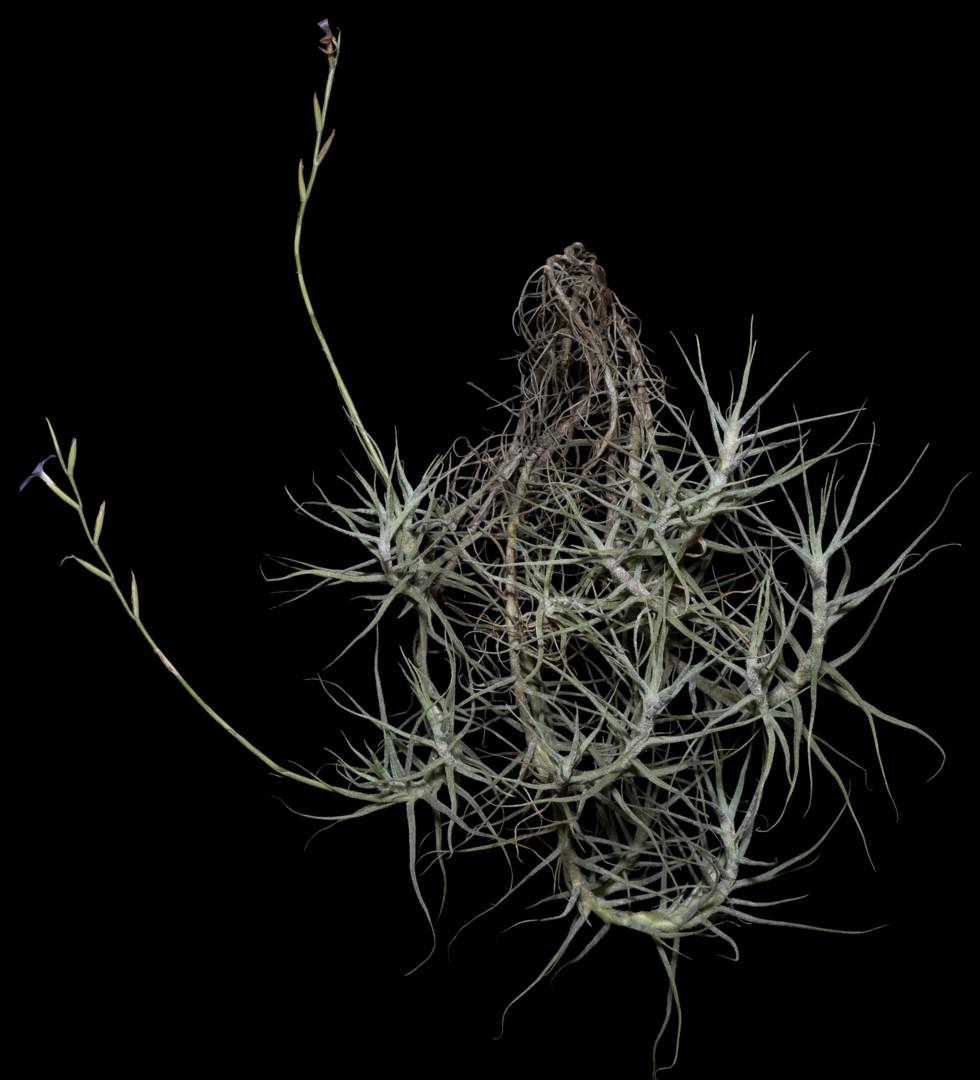
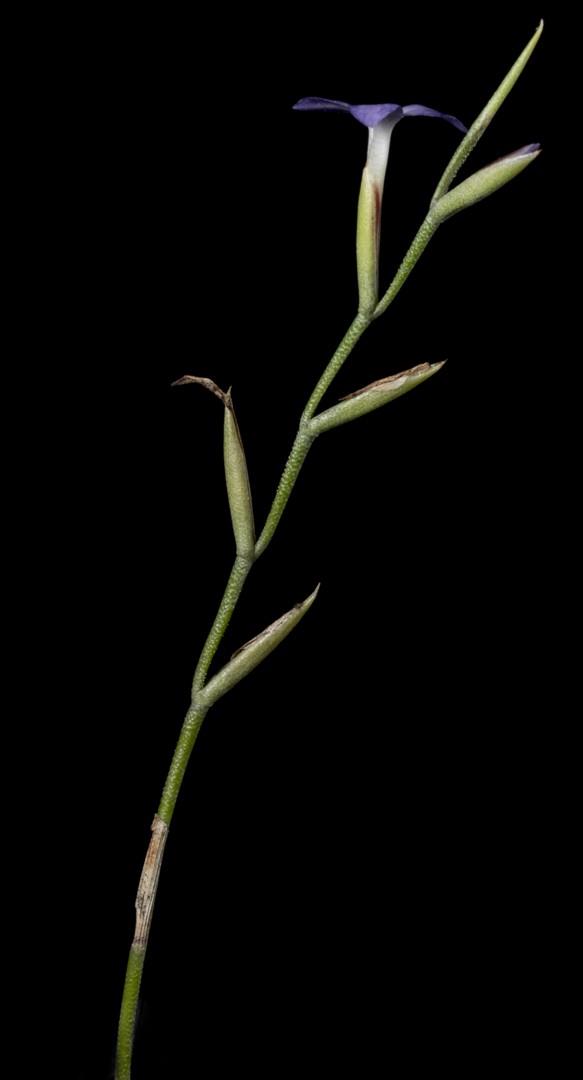
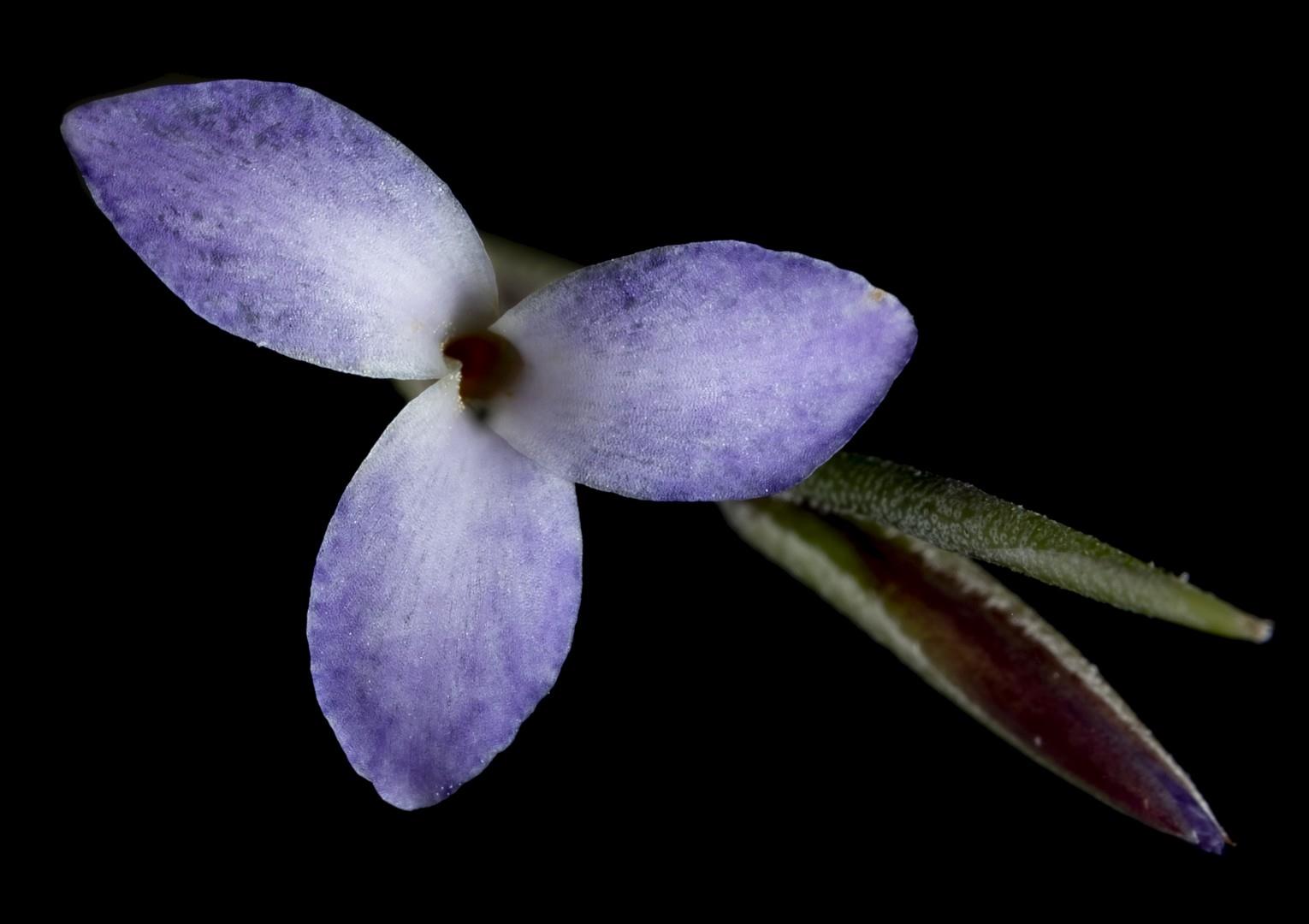
| Rob Bower 04/24 ex Tristram |
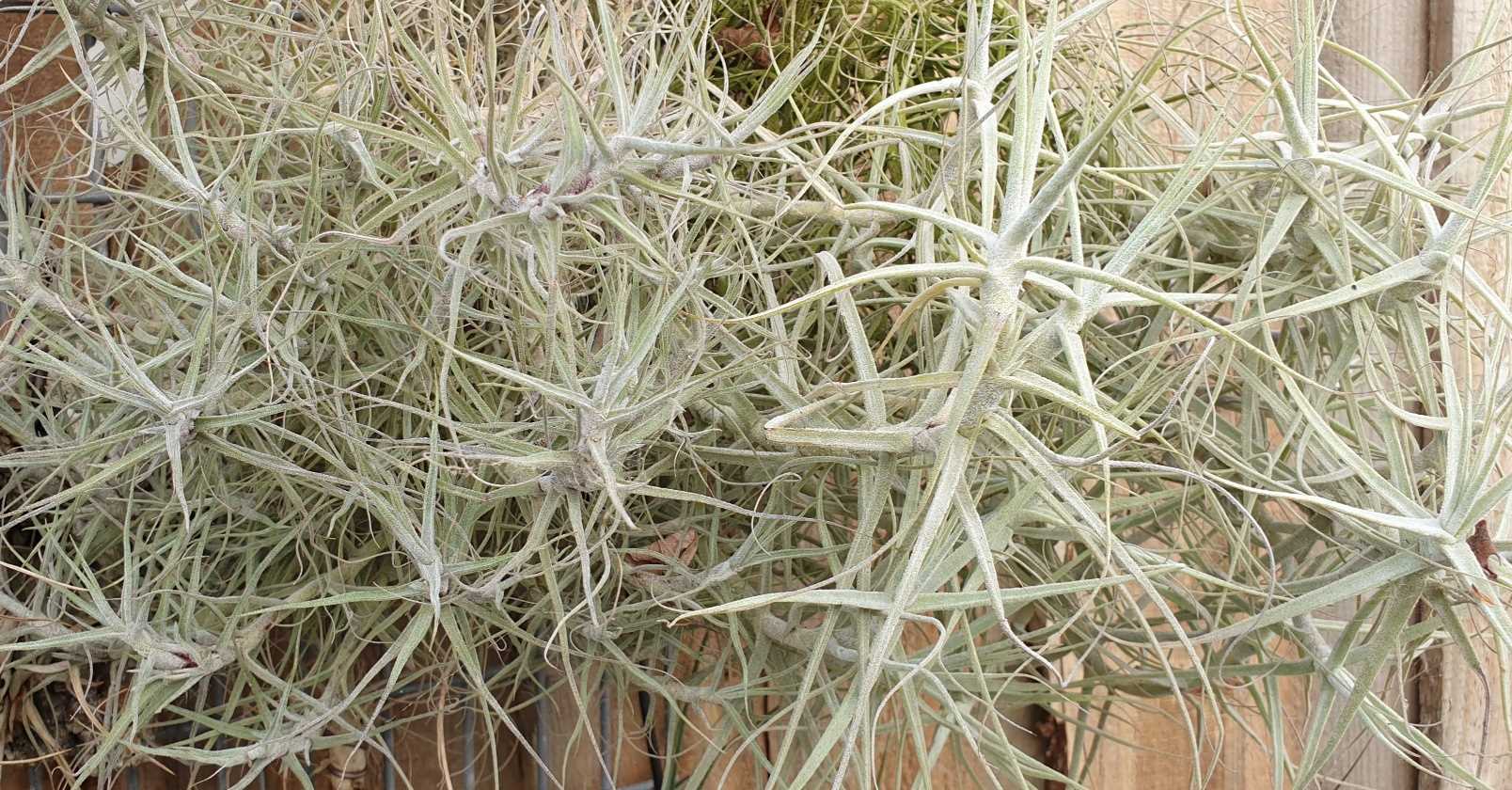
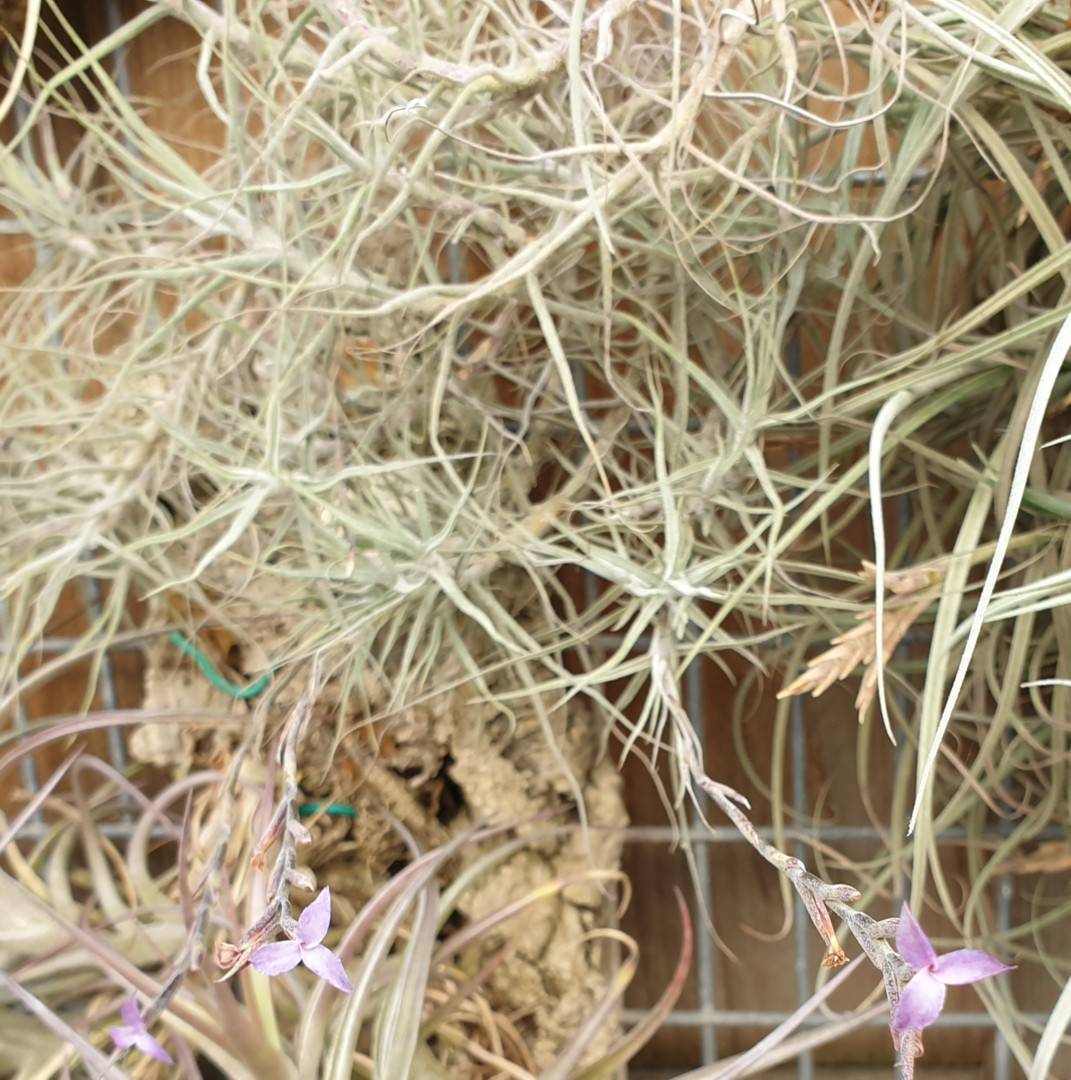
| Chris Larson 12/20 darker & larger silver forms |
Chris Larson ... "Two different forms of T. caerulea.
The darler smaller form has much shorter peduncles & different coloured flowers. This was imported around 10 years ago.
The more silver larger form is similar to the ones that have been around for many years. Both of my plants in the photo have been grown very hard on the fence at home. They get full sun from 9.30-10am to 12pm in Melbourne.
Tillandsia caerulea Humboldt, Bonpland & Kunth, Nov. Gen. & Sp. 1: 291. 1816.
Tillandsia squamulosa Willdenow ex Schultes filius in Roemer & Schultes, Syst. 7(2): 1209. 1830; nomen in synon.
Diaphoranthema squamulosa Beer, Bromel.266. 1857; nomen.
Desc from S&D p869
Plants to 25 cm long, sometimes in dense masses; roots lacking; stem simple, 4-6 cm long.
Leaves polystichous, 10-15 cm long, densely furfuraceous or tomentose-lepidote, cinereous;
Sheaths ovate, barely over 1 cm long;
Blades mostly spreading or reflexed, filiform-subulate, involute, soft, more or less flexuous or contorted, 2 mm wide.
Scape terminal, erect, to 15 cm long, 1 mm in diameter, lepidote;
Scape-bracts involute, erect, shorter than the internodes at least as to the sheathing portion, densely lepidote, filiform-laminate.
Inflorescence always simple and distichous-flowered, 4-7 cm long, laxly 3 - 7 -flowered with the apical one sterile;
Rhachis very slender, subterete, lepidote, strongly offset opposite the base of each flower but otherwise only slightly flexuous.
Floral bracts closely enfolding the calyx, not at all imbricate nor concealing the rhachis, diverging from the rhachis at an angle of about 45º, slightly longer than the internodes, elliptic, acute, 15 mm long, 7 mm wide, equaling or exceeding the sepals, ecarinate, chartaceous, nerved, lepidote, sometimes dark purple;
Flowers sessile.
Sepals lanceolate, acute, mucronate, nerved, equally short-connate, 12 mm long, 4 mm wide, glabrous, thin;
Petals 20 mm long, the claw narrow, the blade subrhombic, 7 mm wide, blue;
Stamens deeply included, exceeding the pistil; anthers linear, 3 mm long; ovary stout, subprismatic, about the same length as and but little thicker than the style.
Type. Humboldt & Bonpland 3442 (holotype P, GH photo; isotype B, F photos 11483, 11490), Rio Macari, Piura, Peru, Aug 1802.
DISTRIBUTION. Epiphytic in arid habitats, 900-2700 m alt, Ecuador, northern Peru. ECUADOR. AZUAY: Ona to Cuenca, Sep 1923, Hitchcock 21585 (US); Rio Leon to Oila, 3 Aug 1943, Steyermark 53724 (GH, US); km 85-90, Ona, 3 Dec 1948, Foster 2615 (US); km 101, Cuenca to Loja, 9 Aug 1965, Gilmartin 1119 (US). LOlA: El Tambo to La Toma, 3 Sep 1923, Hitchcock 21334 (GH, NY, US); Nabon to Ona, 23 Jul 1939, Penland & Summers 1109 (GH). PERU. TUMBES: Zarumilla to Pocitos, 25 Apr 1955, Ferreyra 10614 (US, USM). PIURA: Sancicito, Sallana, Negritos, Haught F-11 (F); Cerro Amotape. 1926, Haught 128 (US). CAJAMARCA, Chota: Cumbil to Llama. 21 May 1965, Lopez & Sagastegui 5208 (TRP).
Detail from Gilmartin 1972
12. Tillandsia caerulea H. B. K., 1816 (Nova Genera et Species, vol. 1) p. 292; Smith, 1935, pp. 182-183, pl. 4, figs. 3-4.
PLANT to 35 cm tall, growing in clumps of many individuals;
LEAVES 10-15 cm long, blades 2 mm wide, densely tomentose-lepidote, spreading;
SHEATHS 1.2 cm long by 7-8 mm wide;
SCAPE with inflorescence to 30 cm long, reddish, 1 mm or less in diameter, curving;
SCAPE-BRACTS 2.3-10.0 cm long, imbricate below, above not imbricate and exposing scape;
INFLORESCENCE 5.0-12.0 cm long by 1.8 cm in diameter, simple, rhachis very slightly undulate, distichous, having 3 to 8 flowers, apical floral bract sterile;
FLORAL BRACTS 1.4-1.6 cm long by 6 mm wide, ecarinate, papery, densely lepidote without, glabrous within, apex acute, strongly nerved;
SEPALS 1.2-1.5 cm long by 4 mm wide, equally short-connate, lanceolate, acute; PETALS 2.0-2.5 cm long, blue;
OVARY ca. 3-4 mm long, style no longer than ovary; distance between flowers 1.3-1.6 cm.
MATERIAL EXAMINED: Humboldt and Bonpland 3442 (B, TYPE; US, photo) Peru; Hitchcock 21334 (US) epiphytic, between El Tambo and La Toma, Prov. Loja, 1000-2200 m, 3 Sept. 1923; Hitchcock 21585 (US) epiphytic, between Ona and Cuenca, Prov. Azuay, 2700-3300 m, 9-10 Sept. 1923; Steyermark 53 724 (US) "dry rocky slopes bordering Rio Leon toward Ona; north side of Rio Leon," Prov. Azuay, ca. 1900 m, 3 Aug. 1943; Foster 2615 (US) epiphytic, km 85-90 Cuenca-Ona, Prov. Azuay, ca. 1000 m, 3 Dec. 1948; Penland and Summers 1109 (GH) between Nabon and Ona, rock wall, Prov. Loja, 2600 m, 23 July, 1939; AJG 1119 (US) dry grassy slopes epiphytic on Prosopis trees, km 101 Cuenca-Loja, Prov. Azuay, 2000 m, 9 Aug. 1965. PERU.
NOTES: This species is superficially similar to T. recurvata (L.) L of the subgenus, Diaphoranthema. However, the greater size of the plant, wider leaf blades and larger number of floral bracts per inflorescence, usually at least 3, and lax inflorescence easily distinguish it from T. recurvata. Apparently the distribution ranges do overlap. While T. recurvata is cosmopolitan, T. caerulea has thus far been reported only from the area around Loja and the region between Loja and Cuenca. T. recurvata has also been reported from this same area. The flowering times seem to coincide.
Updated 06/06/24















